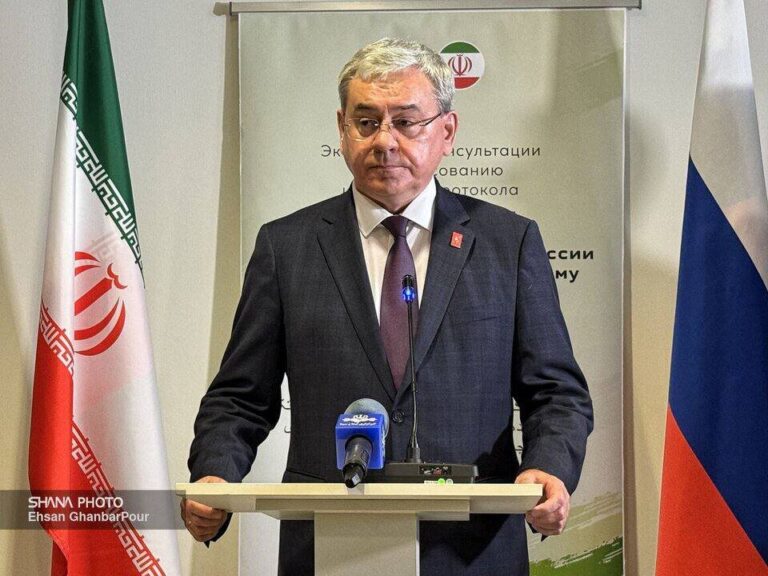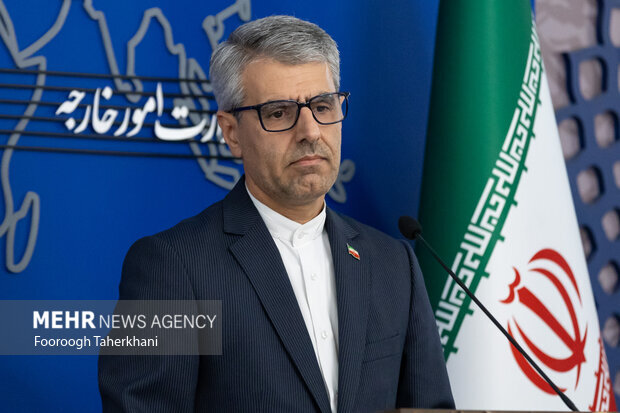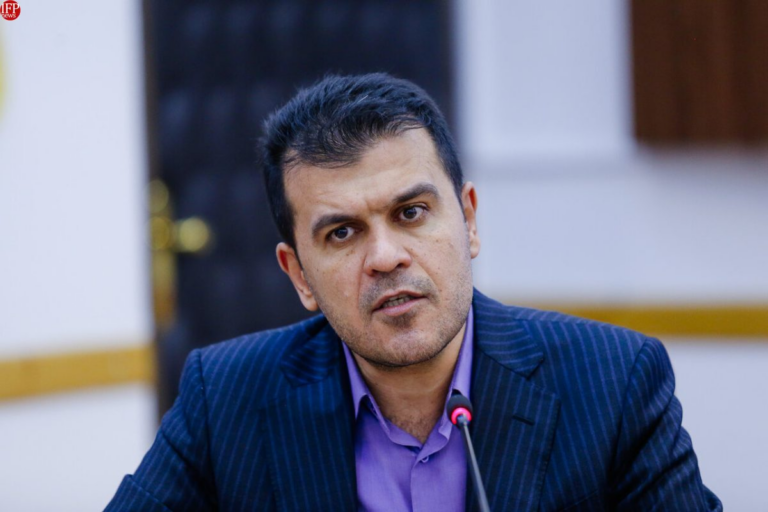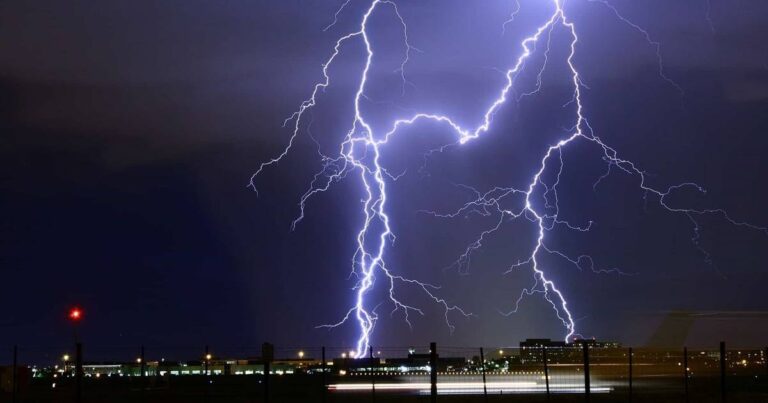Iran’s Budget Chief Urges Investment of Oil Revenues into National Sovereign Fund
In a recent announcement, Iran’s budget chief has emphasized the need for the country’s oil revenues to be deposited into a national fund before any expenditure. This call for greater transparency and fiscal discipline comes as the military’s share of these revenues continues to increase significantly. The projected oil revenue for Iran for the fiscal year ending March 2026 is expected to reach $12.4 billion, with a substantial portion allocated to the armed forces. Here’s what you need to know about this pressing issue in Iran’s financial landscape.
According to the budget chief, Hamid Pourmohammadi, a staggering one-third of Iran’s projected oil revenue will be directed straight to military projects and forces, representing a threefold increase compared to the previous year. The distribution of the remaining oil income, alongside an anticipated $33.5 billion in gas revenues, will be divided among the government’s budget, the National Development Fund (NDF), and the national oil company.
Key Points on Iran’s Oil Revenue Allocation:
- One-third of projected oil revenue for 2026 ($12.4 billion) will support military initiatives.
- Remaining oil income will be allocated to the government’s budget, NDF, and the national oil company.
- Pourmohammadi advocates depositing all oil revenues into the NDF for transparency.
- There is currently a lack of consensus within the government regarding the implementation of this idea.
- NDF was established in 2010 to replace the Foreign Currency Reserves Fund (FCRF).
During a forum held in Tehran on Monday, Pourmohammadi stated, “The best course of action is to deposit all oil revenues into the National Development Fund. This way, we can determine at the start of the year how much the government needs, and based on that, the government can plan how much it can spend by year’s end.”
Despite Pourmohammadi’s proposals, he did not provide specific details on existing mechanisms that allow certain institutions, including the Revolutionary Guards (IRGC), to access a portion of Iran’s oil revenue before it reaches government funds. He acknowledged that the current administration, led by President Masoud Pezeshkian, struggles to reach a consensus on how to effectively implement the NDF-centric approach.
The NDF was created to safeguard Iran’s oil income for future generations, in contrast to its predecessor, the FCRF. However, over the years, the NDF has increasingly been utilized to address budget deficits, diverging from its original purpose of investing oil revenues. The fund operates under the direct oversight of Supreme Leader Ali Khamenei, requiring his approval for any withdrawals.
In a significant move shortly after taking office, President Pezeshkian requested funds to support wheat farmers, illustrating the immediate financial pressures the government faces. In recent years, billions have been diverted to the IRGC and state-run media, which serve as primary instruments of Khamenei’s influence and power.
Recent data indicates a worrying trend regarding the NDF’s share of oil and gas revenues, which has declined from 40% to 20% in the two years ending December 2024. This information was reported by Didban Iran and attributed to a deputy of Iran’s budget office, Hamid Amani Hamadani.
Additionally, Iran’s private sector reportedly owes $7 billion to the NDF as of January 2025, as stated by senior NDF official Mehdi Ghazanfari. This debt is being repaid slowly in local currency, which the fund must convert to dollars at below-market rates, further complicating the financial situation. Ghazanfari also revealed that the total payouts from the NDF to the administration have exceeded $103 billion over the last 12 years, with $45 billion loaned to private sector entities during the same period—often linked to the IRGC or Khamenei’s office.
As of May, the NDF’s remaining assets were reported to be $30.7 billion, significantly impacted by unpaid debts from both the government and politically shielded companies. This financial strain highlights the urgent need for reform and better management of Iran’s oil revenues.
In conclusion, Iran’s call for improved transparency in the management of oil revenues through the National Development Fund underscores the complexities of fiscal policy in the country. With significant military allocations and a struggling economy, the government faces a critical juncture in determining how to effectively utilize its oil wealth for the benefit of its citizens.






